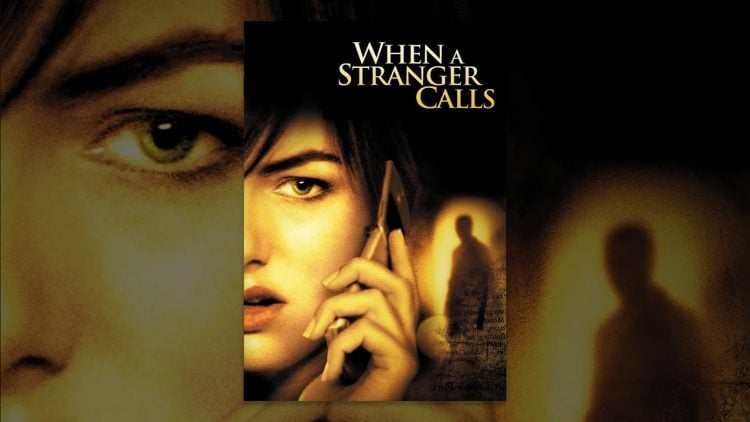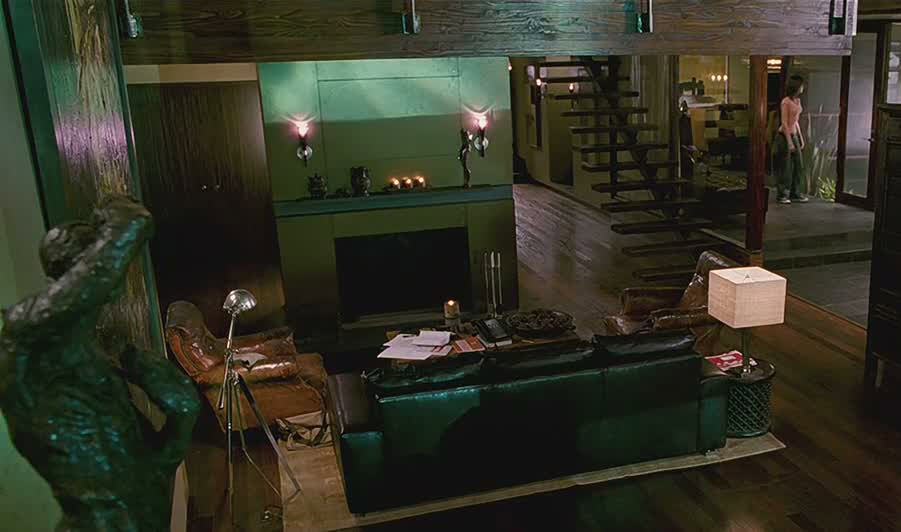
Cinematic remakes of older movies are a thing now; we all know this very well, for better or for worse. And they’ve been happening for a while now, it’s nothing new. Riding a wave of horror film remakes, 13 years ago we were given a new version of ‘When a Stranger Calls,’ which was created over 25 years after the 1979 film of the same name.
Over the last two weeks, I’ve made both the original film and its sequel, ‘When a Stranger Calls Back,’ the subjects of the #ThrowbackThursday column (click the links to check ’em out); now it’s time for the new film to get the same treatment.
Both the original film and it’s 1993 sequel were directed by Fred Walton and written by Walton and Steve Feke. For the remake, Simon West directed the film but Steve Feke did return as a writer, along with others. West was a bigger name than Walton, who was only starting out when the original film was made; West had previously directed such films as ‘Con Air’ and ‘Lara Croft: Tomb Raider,’ giving him a little higher of a pedigree.
The storyline follows the original in that a young girl, Jill, is going to a babysitting job for Dr. Mandrakis and his wife. In this film, Camilla Belle plays the part of Jill. Here we have a back-story explaining that Jill has had a fight with her boyfriend, and consequently went over her monthly cell phone minute allowance (yes, that was a real issue back in the day). She is babysitting to make up the money for the bill and her phone has been taken away as part of the punishment. The house in this movie is enormous and very technologically advanced. It is also isolated near a lake and boasts a greenhouse inside. The children are already asleep, so Jill begins to snoop around after the couple leaves. Soon after, the home phone begins to ring.

Jill’s friend, Tiffany, drops by; she is the reason Jill and her boyfriend have broken up. After she tries to get Jill to leave with her and go to a bonfire, Tiffany ends up leaving alone. In the driveway, she is attacked, but we do not see who does it. Meanwhile, the housekeeper has disappeared, and the phone keeps ringing. Jill finally calls the police, who tell her the same thing as the original film – that they can’t do anything if the caller isn’t threatening her or using obscene language. That was a nice bit of continuity. She finally gets the call asking, “Have you checked the children?” This is a personal favorite line of mine, and I was glad to see it used again. This time around, Jill checks on the children and finds them sleeping. After another call, she gets back in touch with the police, who tell her to keep him on the phone to trace it, and when they do, they find out that the call is coming from inside the house. From here, the movie goes into an extended confrontational scene involving Jill, the kids, and the killer.
In this remake, there were a few things that were probably meant to help build the suspense but ended up being distractions. The music that was intended to build suspense and fear ended up coming off silly as it was overused and employed in unnecessary ways. Also, there were so many phone calls that I found myself trying to count them to keep track of what was going on and who was calling. They ultimately became confusing and caused desensitization to the element of fear.
A neat factoid comparing the original version and this one: in the 1979 film, the budget was estimated to be $740,000, whereas in the 2006 version, the budget was estimated to be $15 million. Note the large difference – inflation is a pain, am I right? Also, on opening weekend in 2006, the film brought in $21.6 million, whereas the entire run in 1979 grossed $21.4 million. Sounds impressive for the new version from a pure total standpoint, but comparatively using ratios adjusted for the inflation, a different tale is told: during the entire theatrical run, the newer version made a little over four times its budget, while the original made over 28 times its budget! These numbers speak for themselves.
This new movie tried to make us scared, keep us interested, and make us work to figure out what would happen next. Unfortunately, it really just succeeded more in annoying viewers and dragging out the conclusion. The acting was just all right, and the story had been revamped to meet current times, which generally worked, but one thing still stands – less is more. This version of the film, however, was more realistic in the sense of a small town being plagued by an unknown killer. This guy apparently liked to kill just for the sake of doing it, and there are unfortunately some very sick individuals like this.
A young babysitter that is terrorized makes for a tense, entertaining tale. The writers kept things on track by not deviating from the “Jill vs. the killer” plot too much as compared to the original (where it veered off into foreign territory in the middle). There is a fair amount of character arc seen with Jill, and the killer is left mostly as a mystery. The ending was left open such that a sequel could have been possible (but as of yet come to be a thing – probably for the best). There was a lot of “cheese factor” in the treatment that brought it to recent times, and most of it was excessive.
The big budget involved with this version of the film allowed for elaborate sets and post-production editing and effects, but this is also where the film took a nosedive. It feels as if they went overboard in this respect, ultimately taking away from the film. I admit I’m not usually too thrilled when I see that another remake of an older movie is being pumped out, and here is a pretty good example of why I feel that way. This is not the worst remake I’ve seen, but I definitely would have been fine if I never watched it. Feel free to watch it, if you haven’t already, and decide for yourself.

